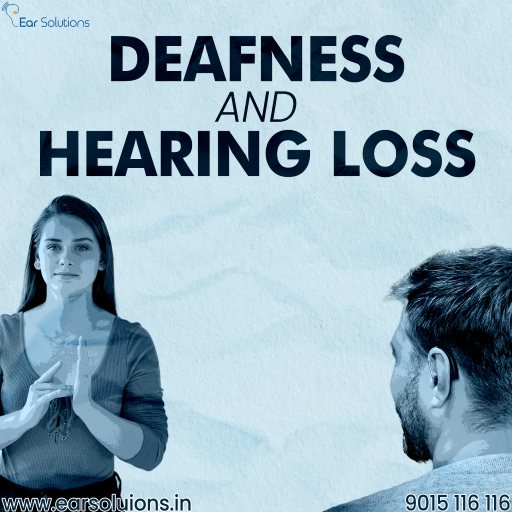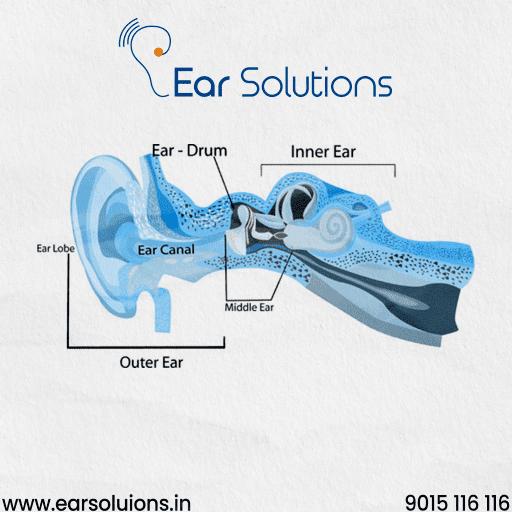Deafness and hearing loss are common conditions that affect millions of people worldwide. They can have a significant impact on a person’s quality of life, making it difficult to communicate, participate in activities, and enjoy daily life. In this article, we will discuss the causes, types, and treatments of deafness and hearing loss.

Causes of deafness and hearing loss:
Deafness and hearing loss can be caused by a variety of factors, including:
Aging: Age-related hearing loss, also known as presbycusis, is the most common cause of hearing loss. It usually begins around age 60 and gradually worsens over time.
Exposure to loud noise: Exposure to loud noise, such as music, power tools, or heavy machinery, can damage the inner ear and lead to hearing loss.
Infection or disease: Infections such as meningitis and ear infections can cause hearing loss. Certain diseases, such as Meniere’s disease and otosclerosis, can also lead to hearing loss.
Trauma: Trauma to the head or ear can damage the inner ear and cause hearing loss.
Genetics: Some types of hearing loss are inherited, meaning they are passed down through families.

Types of deafness and hearing loss:
There are several types of deafness and hearing loss, including:
Conductive hearing loss: Conductive hearing loss occurs when there is a blockage or damage in the outer or middle ear that prevents sound from reaching the inner ear.
Sensorineural hearing loss: Sensorineural hearing loss occurs when there is damage to the inner ear or to the nerve pathways that transmit sound to the brain.
Mixed hearing loss: Mixed hearing loss is a combination of conductive and sensorineural hearing loss.
Central hearing loss: Central hearing loss occurs when there is damage to the brain or the pathways that process sound.
Treatment of deafness and hearing loss:
The treatment of deafness and hearing loss depends on the type and severity of the condition. Here are some common treatments:
Hearing aids: Hearing aids are small, electronic devices that amplify sound and improve hearing. They are available in a variety of styles and can be custom-fitted to the ear.
Cochlear implants: Cochlear implants are small, electronic devices that are surgically implanted in the inner ear. They bypass the damaged parts of the ear and directly stimulate the auditory nerve.
Assistive listening devices: Assistive listening devices, such as personal amplifiers and closed-captioned televisions, can improve hearing in specific situations.
Medications: Some types of hearing loss can be treated with medications, such as antibiotics for ear infections or steroids for sudden hearing loss.
Surgery: Surgery may be necessary for some types of hearing loss, such as conductive hearing loss caused by a blockage or damaged middle ear.
Prevention of deafness and hearing loss:
While some causes of deafness and hearing loss, such as genetics, cannot be prevented, there are steps you can take to protect your hearing:
Avoid exposure to loud noise: Wear earplugs or earmuffs when you are in loud environments, such as concerts, sporting events, or when using power tools.
Protect your ears while swimming: Wear earplugs or a swim cap when swimming to prevent water from entering your ears.
Keep your ears clean: Avoid using cotton swabs or other objects to clean your ears, as they can damage the ear canal and eardrum.
Get regular hearing checkups: Regular hearing checkups can help detect hearing loss early and prevent further damage.
In conclusion, deafness and hearing loss are common conditions that can have a significant impact on a person’s quality of life.




